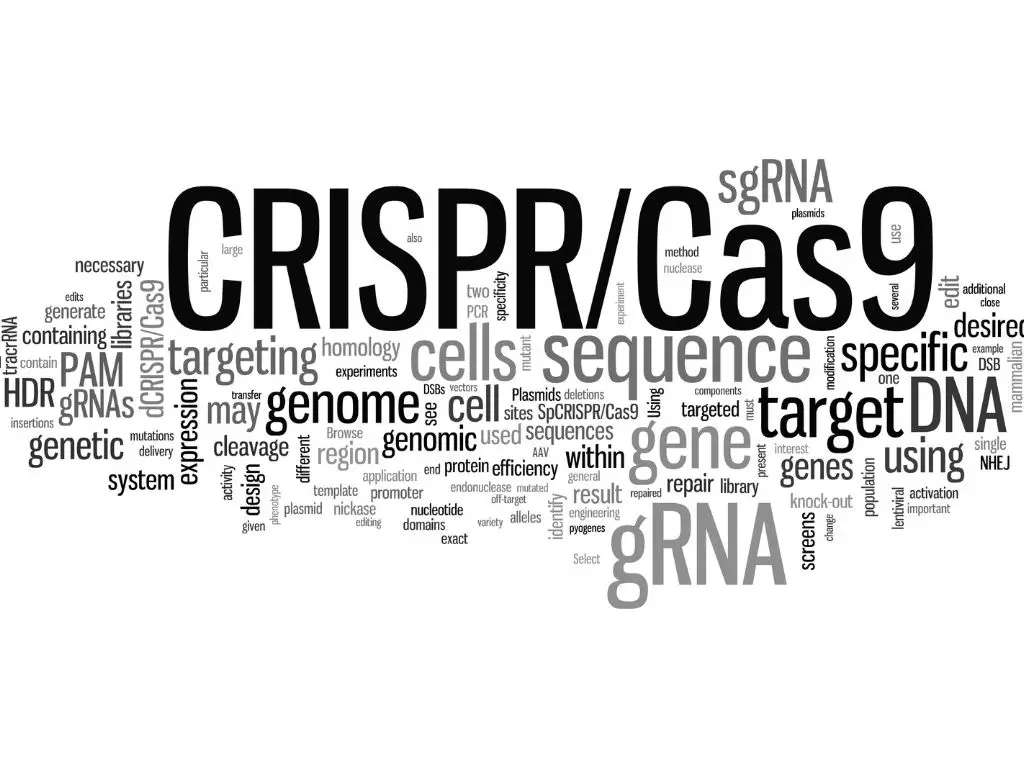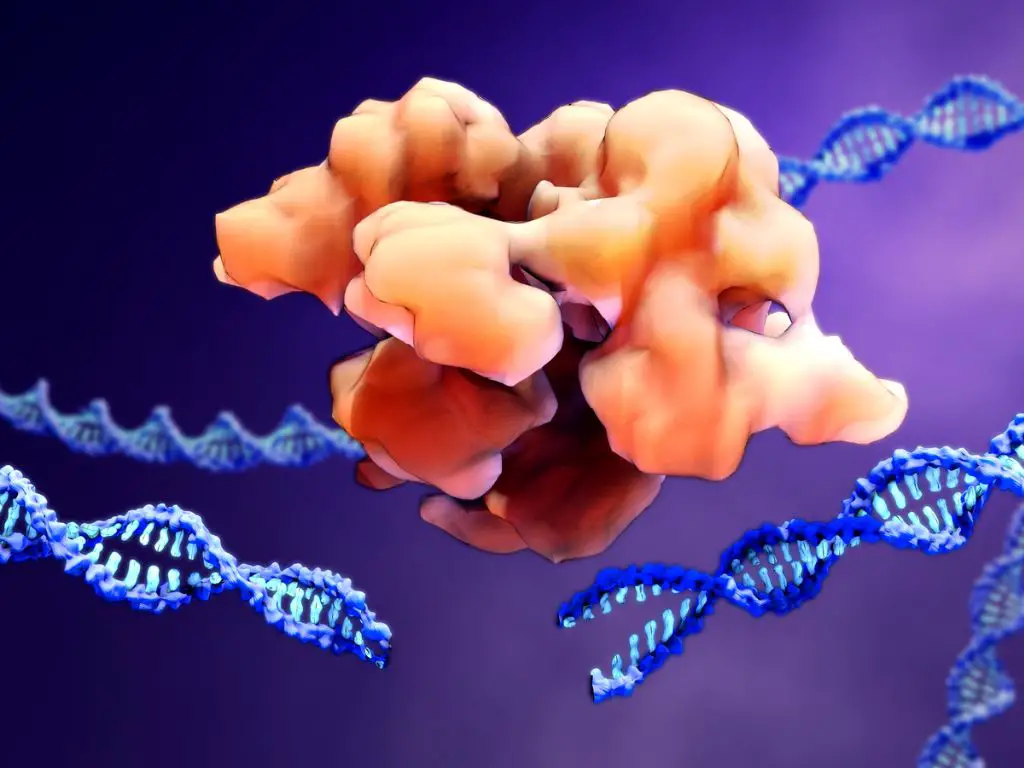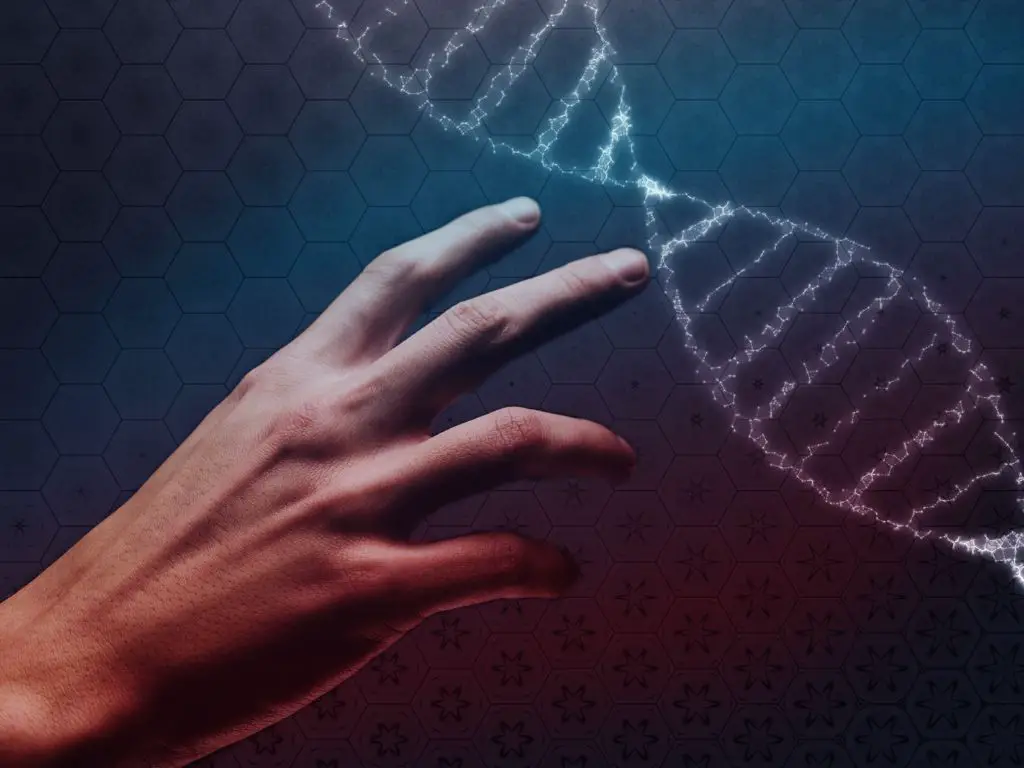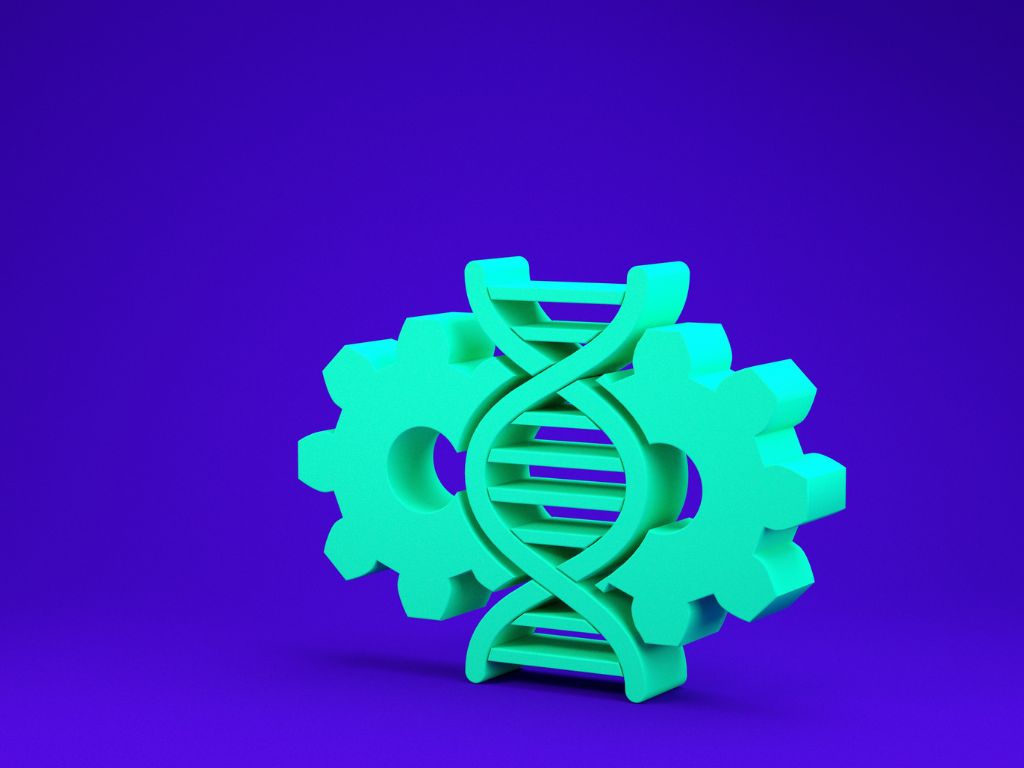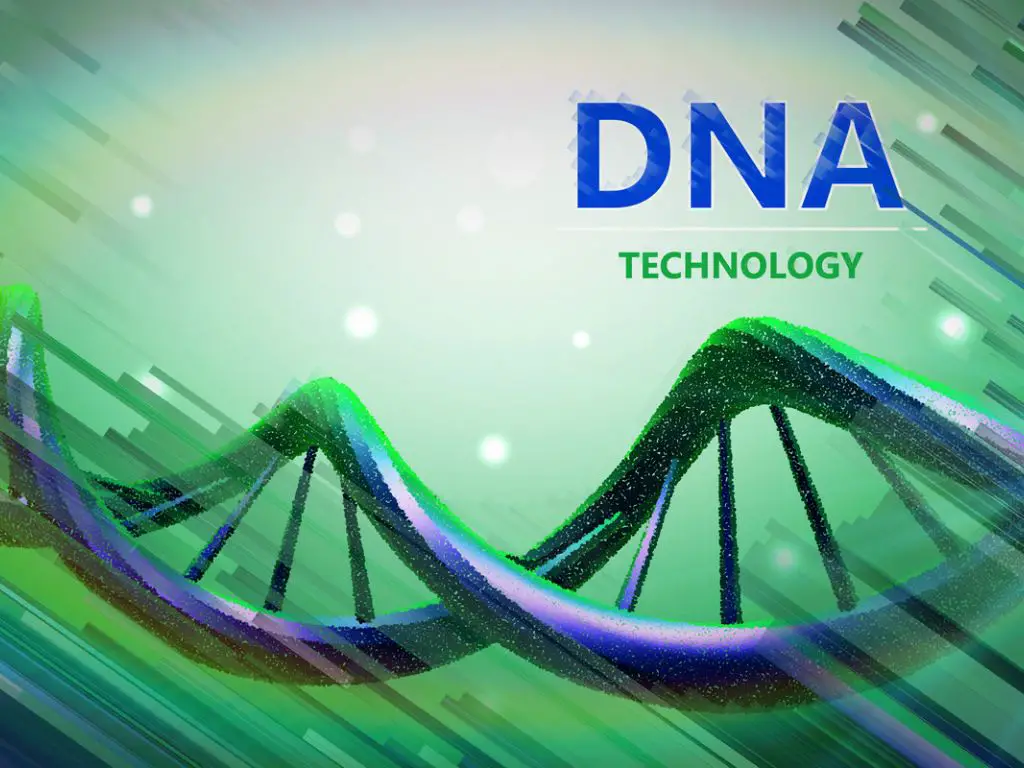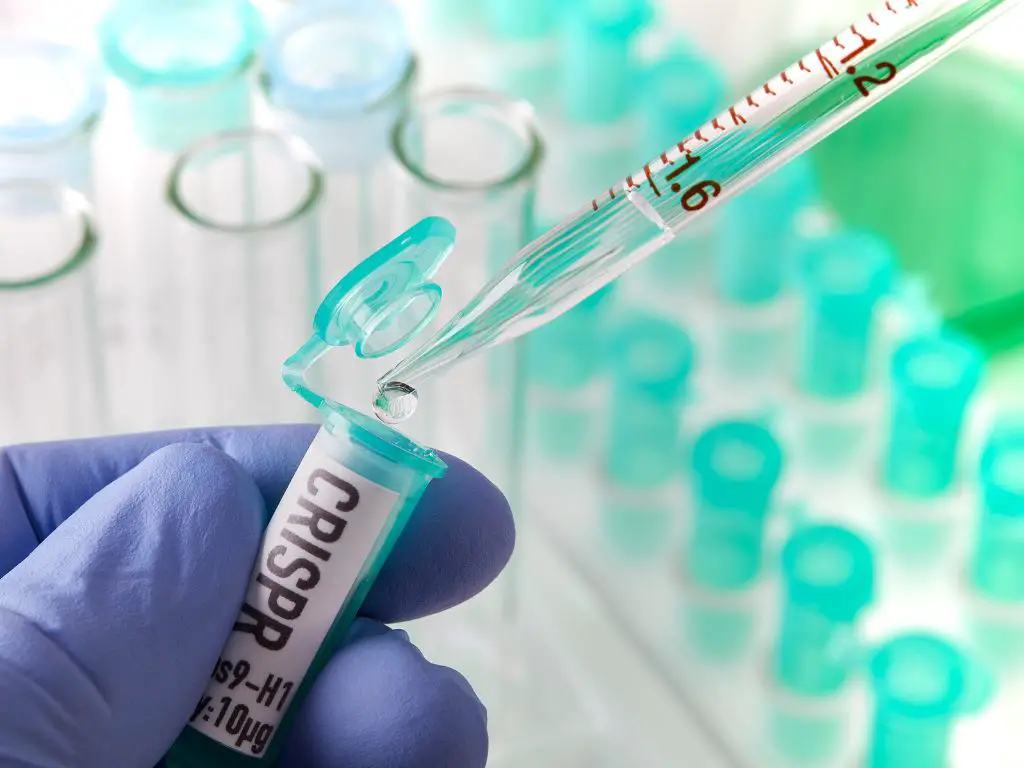CRISPR-Cas9 is a revolutionary gene editing technology that has the potential to transform the fields of medicine, agriculture, and environmental science. First discovered in bacteria, CRISPR is a system for cutting and pasting DNA that allows scientists to make precise changes to the genome of living organisms. Since its discovery in 2012, CRISPR has rapidly become one of the most talked-about technologies in science, with researchers around the world exploring its potential applications and implications. In this article, we will explore 10 areas where CRISPR technology is making an impact, including disease treatment, agriculture, and environmental conservation.
CRISPR Genetic Editing
What is CRISPR and how does it work?
CRISPR is a revolutionary technology that allows scientists to precisely edit DNA sequences with unprecedented accuracy and ease. The CRISPR system consists of two key components: the Cas9 enzyme and a guide RNA molecule. The Cas9 enzyme acts as a pair of molecular scissors, cutting the DNA at a precise location specified by the guide RNA. This allows scientists to add, remove, or modify specific genes, opening up new possibilities for genetic research and the development of novel therapies. The CRISPR system has become one of the most widely used gene-editing tools in the world, and its potential applications are nearly limitless.
The potential applications of CRISPR in medicine and biotechnology
The potential applications of CRISPR technology in medicine and biotechnology are vast and varied. One of the most promising applications is in the treatment of genetic diseases, such as sickle cell anemia or cystic fibrosis. CRISPR could be used to correct the underlying genetic mutations responsible for these diseases, potentially providing a cure or significantly improving patient outcomes. Additionally, CRISPR could be used to develop personalized medicine, tailoring treatments to a patient’s specific genetic makeup. CRISPR is also being used in the development of new cancer therapies, as well as in agriculture, to improve crop yields and resistance to disease.
Ethical considerations and controversies surrounding CRISPR
The development of CRISPR technology has raised a number of ethical and moral concerns, particularly around the potential misuse or abuse of gene editing tools. One major concern is the potential for unintended, off-target effects, where the CRISPR system modifies DNA sequences outside of the intended target, potentially causing harm. There are also concerns about the potential for eugenics or other forms of genetic discrimination. Additionally, there are debates over whether CRISPR technology should be used for non-therapeutic purposes, such as enhancing human traits or creating “designer babies.”
Advances in CRISPR technology and its continued development
CRISPR technology is constantly evolving, with new advancements being made on a regular basis. Researchers are continually working to improve the efficiency and specificity of the CRISPR system, as well as developing new tools and techniques for gene editing. Additionally, there are ongoing efforts to expand the range of organisms that can be edited using CRISPR, as well as to develop new applications for the technology, such as gene drives or synthetic biology.
The use of CRISPR in agriculture and food production
CRISPR technology has the potential to revolutionize agriculture and food production, by allowing scientists to create crops that are more resistant to pests, disease, and drought, and that produce higher yields. For example, scientists are using CRISPR to develop crops that can survive in harsh environments, such as deserts or areas with high salinity. Additionally, CRISPR can be used to improve the nutritional value of crops, such as by increasing the levels of certain vitamins or minerals.
The regulatory landscape surrounding CRISPR and gene editing
The use of CRISPR technology is subject to a complex web of regulations and oversight, both at the national and international level. In the United States, for example, the use of gene-editing technologies is regulated by the FDA, the USDA, and the EPA, each of which has different rules and requirements. There are also debates over whether existing regulatory frameworks are sufficient to ensure the safe and ethical use of CRISPR, particularly given the pace of technological change and the potential for unintended consequences.
CRISPR’s potential impact on genetic diseases and inherited conditions
One of the most promising areas of application for CRISPR technology is in the treatment of genetic diseases and inherited conditions. Many of these conditions are caused by mutations in a single gene, and the ability to precisely edit that gene using CRISPR could provide a cure or significant improvement in symptoms. For example, researchers are currently using CRISPR to develop therapies for Huntington’s disease, which is caused by a mutation in a single gene. In preclinical studies, CRISPR has been used to successfully correct the mutation and prevent the development of the disease in animal models.
CRISPR’s potential impact on drug discovery and development
CRISPR technology is also being used to accelerate the drug discovery and development process, by allowing scientists to more accurately model diseases and test potential treatments. For example, researchers are using CRISPR to create animal models of human diseases, which can be used to test new therapies in a more realistic setting. Additionally, CRISPR is being used to create “gene knockouts,” where specific genes are deactivated, in order to study their function and potential therapeutic targets.
CRISPR’s potential impact on environmental conservation and restoration
CRISPR technology has the potential to play a major role in environmental conservation and restoration efforts. For example, scientists are using CRISPR to develop new strategies for controlling invasive species and protecting endangered species. CRISPR is also being used to modify the genomes of organisms to make them more resilient to environmental stressors, such as pollution or climate change.
The future of CRISPR and gene editing technology
The future of CRISPR and gene editing technology is full of exciting possibilities and potential applications. In addition to the areas discussed above, researchers are exploring new applications for CRISPR, such as in the development of gene therapies for complex diseases, like Alzheimer’s or Parkinson’s disease. However, there are also challenges and risks associated with the use of gene editing technology, particularly around issues of safety, ethics, and regulatory oversight. As the technology continues to evolve, it will be important to strike a balance between the potential benefits and the potential risks, in order to ensure that it is used in a responsible and ethical manner.

